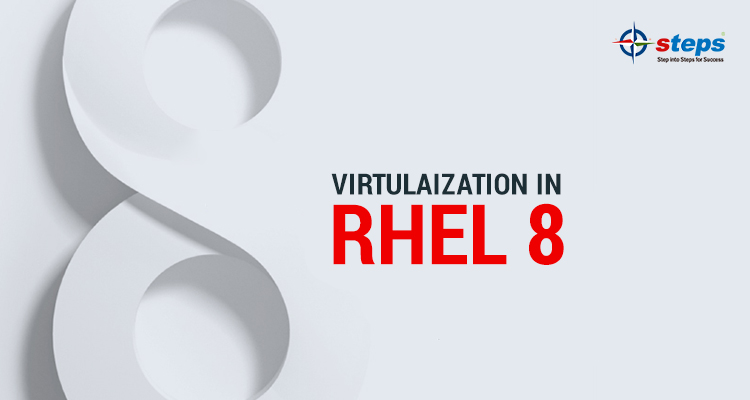VIRTULAIZATION IN RHEL 8

Virtualization is a method of constructing important IT services without the use of physical hardware. It allows you to maximise the capabilities of a physical machine by distributing them among multiple users or settings.
Despite the fact that virtualization technology dates back to the 1960s, it was not extensively embraced until the early 2000s. Virtualization technologies, such as hypervisor, were created to allow several users to utilise batch processing systems at the same time. Batch processing was a common computing method for swiftly repeating ordinary activities thousands of times.
Virtualization technology is included in RHEL 8, allowing a workstation running RHEL 8 to host several virtual machines (VMs), also known as guests. Virtual machines (VMs) utilise the physical hardware and processing capabilities of the host to execute a virtualized operating system (guest OS) as a user-space process on the host’s operating system.
In other words, virtualization allows operating systems to exist within operating systems. Virtual machines (VMs) allow you to safely test software configurations and features, run legacy applications, and enhance your hardware’s workload efficiency.
Advantages of virtualization
Using virtual machines (VMs) has the following benefits in comparison to using physical machines:
1.Flexible and fine-grained allocation of resources
A virtual machine (VM) runs on a physical host machine, and physical hardware can be given to the guest OS. The allocation of physical resources to the VM, on the other hand, is done at the software level, and hence is very flexible. A virtual machine (VM) utilises a customizable percentage of the host’s memory, CPUs, or disc space, and this setting can specify extremely fine-grained resource needs.
For example, what the guest OS views as its disc can be represented as a file on the host file system, with the size of that disc being less constrained than real disc sizes.
2.Software-controlled configurations
A VM’s full configuration is kept as data on the host and is managed by software. As a result, a virtual machine (VM) may be quickly built, uninstalled, cloned, transferred, operated remotely, and connected to distant storage.
3.Separation from the host
Separate from the host OS, a guest OS runs on a virtualized kernel. This means that any OS can be put on a VM, and the host is unaffected in any manner if the guest OS becomes unstable or compromised.
4.Space and cost efficiency
A single physical machine can support a huge number of virtual machines (VMs). As a result, it eliminates the need for several physical computers to perform the same operations, reducing the amount of space, power, and maintenance required for physical hardware.
5.Software compatibility
Because a virtual machine (VM) can run a different operating system than its host, virtualization allows you to execute apps that were not designed for your host OS. For example, you can execute RHEL 7 apps on a RHEL 8 host system using a RHEL 7 guest OS.
There are a number of RHCSA training in Kochi that can help you gain sufficient information on this subject. The best teachings and talents come from the best solutions’ courses. As a result, prepare for the future with best RHCSA training in Kochi.

